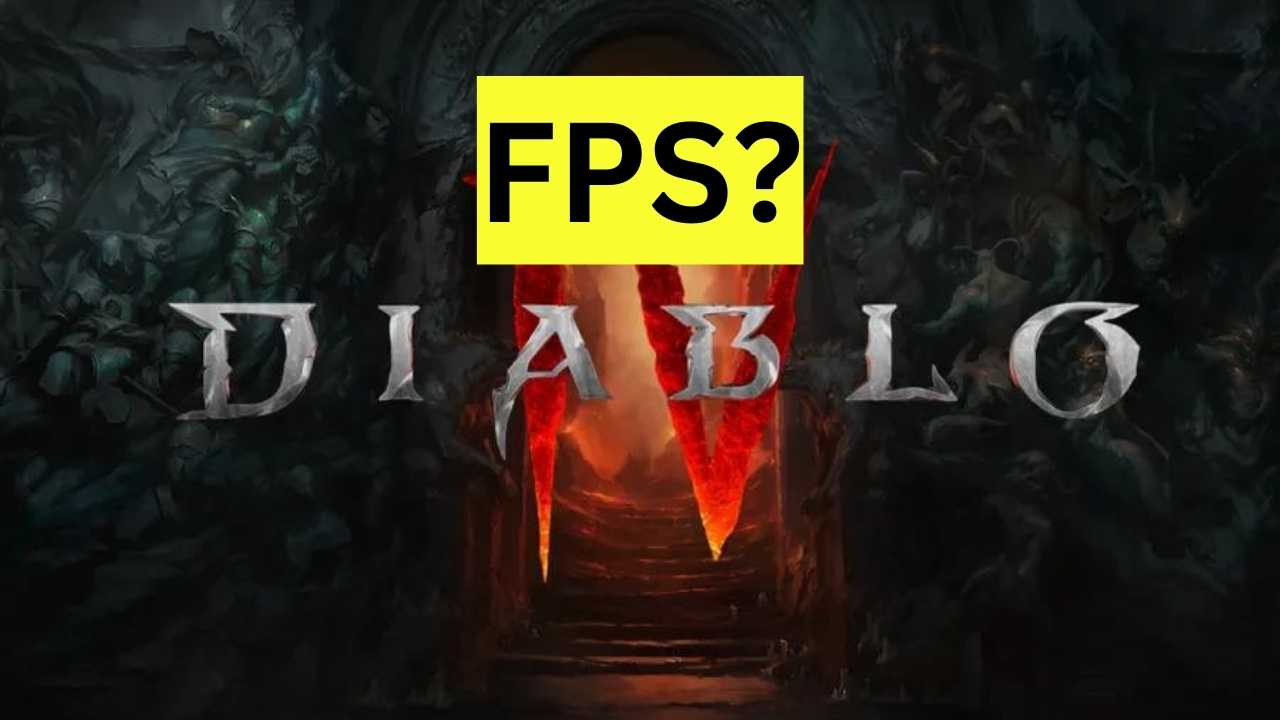The Definition: Start with a clear and concise definition of live service games. Emphasize the concept of a game that continues to evolve and grow long after its initial release.
Key Characteristics: List the defining features that set live service games apart.
-
- Regular updates with new content (maps, characters, modes, etc.)
- Seasonal events and limited-time offerings
- Ongoing gameplay balancing and refinements
- Microtransactions and other monetization models
Beyond the “One and Done”: Contrast live service games with traditional titles offering a more static, finite experience. Highlight the continuous feeling of newness that keeps players hooked.
How Do Live Service Games Differ from Traditional Games?
1. Constant Updates and Content Releases
The Heartbeat of Live Service: Explain how regular injections of new content act as the lifeblood of these games, keeping players coming back for more.
Types of Updates: Detail the variety of content players can expect:
-
- New maps, modes, or playable characters
- Limited-time events with unique challenges and rewards
- Cosmetic items for player customization
- Gameplay tweaks and balance updates
2. Focus on Multiplayer and Social Interaction
Community is Key: Emphasize how live service games often foster a sense of belonging through:
-
- Cooperative gameplay modes
- Competitive play (tournaments, leaderboards, etc.)
- In-game social features like guilds or clans
The Power of Shared Experiences: Explain how shared challenges and triumphs build strong bonds between players in a changing game world.
3. In-game Purchases and Monetization Strategies
How Live Service Games Thrive: Frame this as the economic model that makes continuous development possible.
Standard Monetization Methods: List and briefly explain the typical approaches:
-
- Battle Passes (tiered rewards for progress)
- Microtransactions (small purchases for cosmetics or boosts)
- Subscriptions (recurring fees for benefits)
The Balance: Touch on the importance of maintaining a fair balance between free-to-play accessibility and appealing monetization options that don’t feel exploitative.
What Are the Benefits of Live Service Games?
Benefits for Players
- Longevity: Live service games offer extended value compared to traditional “one-and-done” titles. Players can invest significant time without hitting a definitive ending.
- Fresh Experiences: Regular updates stave off boredom and provide a sense of continual discovery within the game world.
- Community and Connection: Social aspects like multiplayer modes, events, and online communities create a feeling of belonging and shared experiences.
- Potential Cost-Effectiveness: Some live service games are free-to-play, offering a low barrier to entry, while others may feel more valuable due to their extended lifespan.
Benefits for Developers
- Sustainable Revenue Stream: Ongoing monetization strategies create a more reliable and long-term income source compared to single releases.
- Data-Driven Development: Developers can analyze player behavior and feedback, using this information to improve the game experience and tailor updates.
- Strong Player Retention: A successful live service game builds a dedicated player base, creating a foundation for continued success.
- Creative Flexibility: The ongoing model allows for greater experimentation with new ideas and features without the confines of a single release cycle.
Important Note: It’s also fair to mention that successful live service games depend on developers finding the right balance between offering value to players and maintaining a healthy revenue stream.
What Are the Challenges of Developing and Maintaining Live Service Games?
1. Balancing Player Feedback and Creative Vision
- The Tightrope Walk: Developers must listen to and respond to the community while remaining true to their overarching vision for the game.
- Conflicting Demands: Players might request specific changes that don’t align with the development team’s goals or create problems with long-term balance.
- Communication is Key: It is crucial to have a transparent dialogue with the player base. Explain the reasoning behind decisions to build trust even if not everyone agrees.
2. Managing In-game Economy and Monetization Strategies
- The Delicate Balance: The in-game economy needs to support itself through monetization while avoiding “pay-to-win” models that harm the gameplay experience.
- Avoiding Exploitation: Players must feel like optional purchases add value and excitement without being necessary for success.
- Evolving Needs: The in-game economy must adapt as the game grows, sustainably introducing new items and rewards.
3. Technical Challenges of Constant Updates and Server Maintenance
- Behind the Scenes Complexity: Pushing out frequent updates without breaking existing game systems requires robust technical infrastructure and rigorous testing.
- Scalability: Servers need to handle a potentially fluctuating player base and surges in activity during events.
- Downtime and Disruptions: Minimizing downtime for updates and quickly addressing issues is crucial for player satisfaction.
- The Relentless Pace: Development teams must constantly work towards the next update, potentially leading to a demanding production environment.
What Are Some Popular Examples of Live Service Games?
Battle Royale
- Fortnite: Epic Games’ behemoth continues to dominate with frequent content updates, collaborations, and a vibrant community.
- Apex Legends: Respawn Entertainment’s hero shooter offers tight gameplay, diverse characters, and a steady stream of new content.
MMORPGs
- World of Warcraft: Blizzard’s titan remains a force in the genre thanks to its expansive world, lore, and regular expansions.
- Final Fantasy XIV: Square Enix’s revitalized MMO boasts a critically-acclaimed story, a dedicated player base, and consistent updates.
Open World Action
- Grand Theft Auto Online: Rockstar’s online playground offers immense freedom, frequent updates, and a vast modding community.
- Destiny 2: Bungie’s looter-shooter blends fast-paced action, rewarding progression systems, and stunning sci-fi worlds.
Others
- Rocket League: Psyonix’s blend of cars and soccer delivers addictive, high-skill gameplay and regular cosmetic updates.
- Warframe: Digital Extreme’s free-to-play space ninja epic offers deep customization, vast content, and a welcoming community.
Important Note: The success of these games lies in their ability to continually offer new experiences, engage their communities, and maintain a fair balance between fun and monetization.
Conclusion
Live service games have transformed the gaming landscape, offering players an ongoing experience that evolves alongside their investment. The promise of continuous new content, social connections, and a sense of participation in a living world keeps players deeply engaged. While developers face challenges like balancing feedback and monetization, the successful execution of this model creates significant opportunities for long-term success. Whether you’re a fan of battle royales, sprawling MMOs, or other genres, the live service format offers something for everyone. As technology advances and player expectations shift, the future of gaming undoubtedly lies in the continued evolution of the live service model.
Live Service Games: Your Questions Answered (FAQS)
Q: What are live service games in simple terms?
A: Live service games are video games designed to keep you playing long after you buy them. They get new content, features, and updates regularly, making them feel fresh and exciting.
Q: How do live service games make money?
A: Live service games use a few different ways to make money:
- Microtransactions: Players can buy small things in-game, like cool outfits for their character or helpful items.
- Battle Passes: Players pay for a pass that unlocks rewards as they play during a set period.
- Subscriptions: Players pay a monthly fee for special perks and bonuses.
- Sometimes, they still charge for the game itself!
Q: Are all live service games multiplayer?
A: Not always! While many popular live service games focus on playing with or against others, there are single-player experiences that also use this model. The emphasis is on continual updates with new content, whether or not the gameplay is shared.
Q: What are some famous examples of live service games?
A: Here are a few big names in the live service world:
- Fortnite
- Apex Legends
- Destiny 2
- World of Warcraft
- Grand Theft Auto Online

Passionate blogger experienced in crafting compelling narratives that engage diverse audiences and drive traffic through strategic content marketing efforts.










